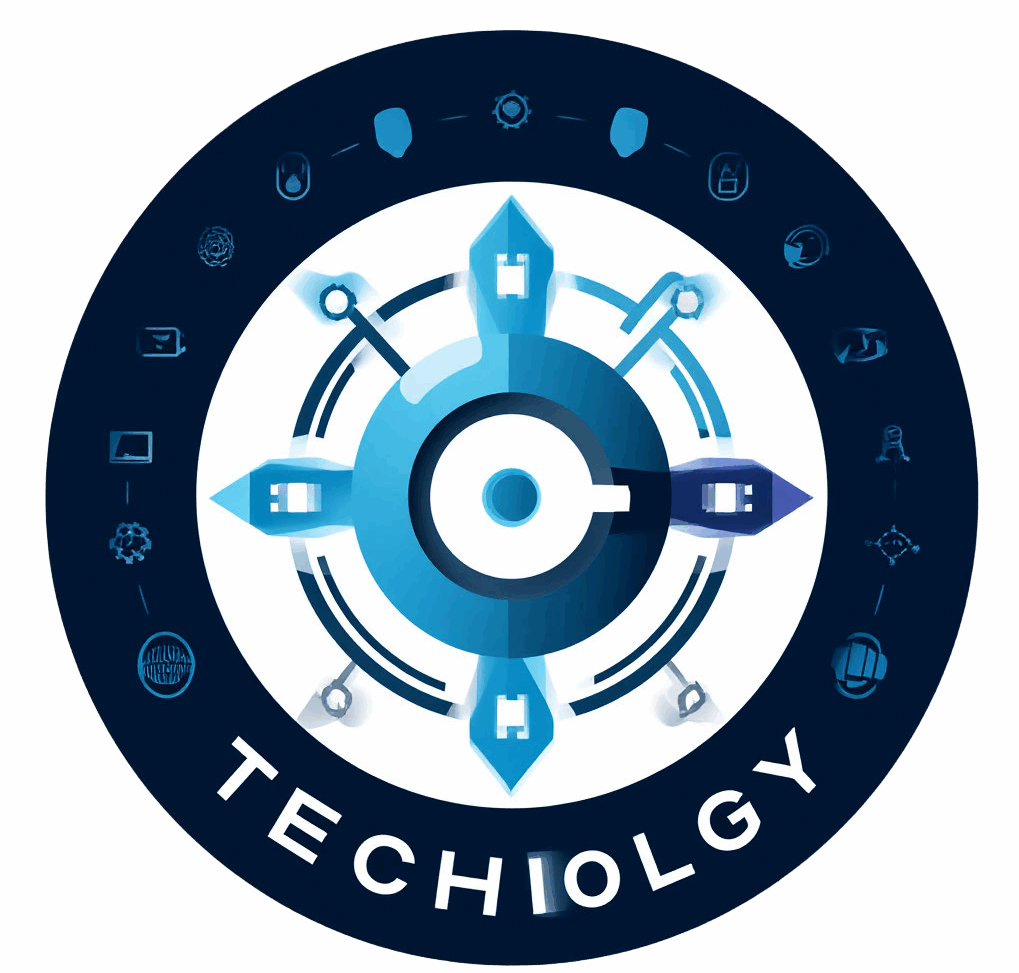Quantum computing is no longer a distant dream limited to science fiction; it is rapidly evolving into a groundbreaking field that promises to revolutionize technology as we know it. This fascinating area of research leverages the peculiar principles of quantum mechanics to perform calculations at speeds unimaginable by classical computers. As scientists around the globe race to unlock the full potential of quantum computing, we are witnessing a blend of incredible breakthroughs and steep challenges that define this cutting-edge discipline. Whether you’re a tech enthusiast or just curious about what the buzz is all about, understanding quantum computing’s core concepts, recent advancements, and ongoing hurdles is essential to grasping how this technology might reshape industries from cryptography to drug discovery.
Understanding the Basics of Quantum Computing
Before diving into the latest breakthroughs and existing challenges, it’s helpful to understand what makes quantum computing fundamentally different from classical computing. Traditional computers use bits as the smallest unit of information, which can be either a 0 or a 1. Quantum computers use quantum bits, or qubits, which can exist in multiple states at once thanks to a phenomenon called superposition. Imagine a spinning coin that is simultaneously heads and tails; similarly, qubits can encode far more information than classical bits. Another critical quantum principle, entanglement, allows qubits that are physically separated to influence each other instantaneously, enabling complex computations much faster than classical methods.
Key Quantum Concepts: Superposition and Entanglement
- Superposition: Qubits can be in multiple states simultaneously, allowing massive parallelism in calculations.
- Entanglement: A link between qubits that creates correlations stronger than classical physics can explain, used for complex algorithms.
- Quantum Interference: The process of amplifying correct answers and canceling out wrong ones in computational pathways.
Collectively, these quantum behaviors empower quantum computers to tackle certain problems exponentially faster than classical computers, especially in fields like cryptography, optimization, and simulation.
Recent Breakthroughs in Quantum Computing
The field of quantum computing has recently seen remarkable breakthroughs that have pushed the boundaries of what this technology can achieve. One of the most famous milestones is Google’s claim of “quantum supremacy” in 2019, where their Sycamore processor reportedly performed a specific calculation in 200 seconds that would take the world’s fastest supercomputer thousands of years. Although this experiment had a very narrow scope, it marked a significant proof of concept that quantum advantage is attainable.
Notable Quantum Breakthroughs
| Breakthrough | Description | Impact |
|---|---|---|
| Quantum Supremacy (2019) | Google Sycamore processor outperformed classical computers on a specific task. | Proof that quantum computers can solve certain problems faster. |
| IBM’s Quantum Roadmap | Development of scalable qubit systems aiming for fault tolerance. | Accelerates progress toward practical quantum computing. |
| Quantum Error Correction Advances | New algorithms reducing qubit error rates. | Essential for building reliable and large-scale quantum computers. |
| Quantum Algorithms for Chemistry | Simulating molecular structures that are too complex for classical computers. | Potential revolution in drug discovery and materials science. |
These breakthroughs indicate how rapidly quantum computing is advancing. From hardware improvements to algorithmic developments, each step brings us closer to practical applications that could transform industries.
Challenges Facing Quantum Computing Development
Despite the impressive advancements, quantum computing faces significant scientific and engineering challenges that need overcoming before it can reach its full potential. One of the most prominent issues is qubit stability. Qubits are notoriously fragile and prone to errors caused by even the slightest environmental disturbances like temperature fluctuations or electromagnetic noise. Maintaining coherence—the time over which a qubit retains its quantum state—is an ongoing struggle that limits computation time and scalability.
Main Obstacles in Quantum Computing

- Qubit Decoherence: Qubits lose information quickly due to environmental interference, making operations error-prone.
- Error Correction: Quantum error correction demands large numbers of physical qubits to create one stable logical qubit, significantly increasing hardware requirements.
- Scalability: Expanding from tens or hundreds of qubits to thousands or millions is a massive engineering challenge.
- Hardware Diversity: Several competing technologies, including superconducting circuits, trapped ions, and topological qubits, each with unique challenges.
- Algorithm Development: Limited number of algorithms currently capitalize on quantum speedups beyond niche problems.
These issues mean that many quantum computers today are termed Noisy Intermediate-Scale Quantum (NISQ) devices—systems with enough qubits to begin exploring, but still prone to noise and errors that limit practical application.
How Researchers Are Addressing the Challenges
To tackle these challenges, researchers are exploring various strategies, such as developing more robust qubit designs that can resist decoherence, improving quantum error correction codes, and creating hybrid classical-quantum algorithms that work within the constraints of current hardware. Efforts also focus on increasing qubit connectivity, designing optimized cryogenic environments, and pushing the boundaries of materials science.
The Future Potential of Quantum Computing
While hurdles remain, the potential applications of quantum computing are vast and compelling. Industries like pharmaceuticals, finance, logistics, and cybersecurity stand to benefit significantly from quantum advancements. For example, quantum computers could enable the simulation of molecular interactions at a level of detail impossible with classical methods, speeding up drug discovery and development. In cryptography, quantum computers might crack traditional encryption or enable new quantum-safe protocols. Optimization problems in logistics and supply chains could be solved more efficiently, impacting everything from package delivery to airline scheduling.
Examples of Emerging Quantum Applications
| Industry | Application | Potential Benefit |
|---|---|---|
| Healthcare | Simulating complex molecules | Accelerated drug development and personalized medicine |
| Finance | Risk analysis and portfolio optimization | More accurate and faster financial modeling |
| Logistics | Route optimization | Reduced costs and increased efficiency |
| Cybersecurity | Quantum encryption and cryptanalysis | Stronger data protection and new security paradigms |
Comprehensive efforts are underway globally from private corporations, startups, and government research programs to accelerate quantum research and practical quantum computing solutions.
How to Stay Informed and Get Involved in Quantum Computing

If you are intrigued by quantum computing and want to stay on the cutting edge, there are numerous ways to engage with this fascinating field. Online courses and webinars have made learning about quantum mechanics and programming accessible even for beginners. Programming languages like Qiskit by IBM and Cirq by Google allow enthusiasts and developers to work with quantum circuits on simulators and real quantum hardware via the cloud. Attending conferences, following research journals, and participating in quantum computing communities can also provide valuable insights and networking opportunities.
Recommended Resources for Quantum Computing Enthusiasts

- IBM Qiskit – Open-source quantum programming framework
- Google Cirq – Python library for quantum circuits
- Quantum Computing Courses on edX – Introductory and advanced classes
- arXiv Quantum Physics Archive – Research papers and articles
- Quantum computing forums and Reddit communities
Getting hands-on experience, even in small steps, can deepen appreciation for the complexity and potential of quantum computing.
Conclusion
Quantum computing stands at the frontier of science and technology, promising breakthroughs that could transform our society in profound ways. While recent progress has been remarkable—showing glimpses of quantum advantage and expanding the capabilities of quantum hardware—substantial challenges remain to be addressed before widespread practical applications become a reality. From qubit fragility to algorithm development, the journey toward fully realized quantum computers is an intricate blend of physics, engineering, and computer science. Yet, the growing global interest, the rapid pace of breakthroughs, and intense efforts in research inspire optimism. For those curious and passionate about the future of technology, quantum computing offers an exciting landscape full of mysteries to explore and the promise of rewriting what computers can do. Staying informed and engaged today will prepare us to witness and participate in the coming quantum revolution.




